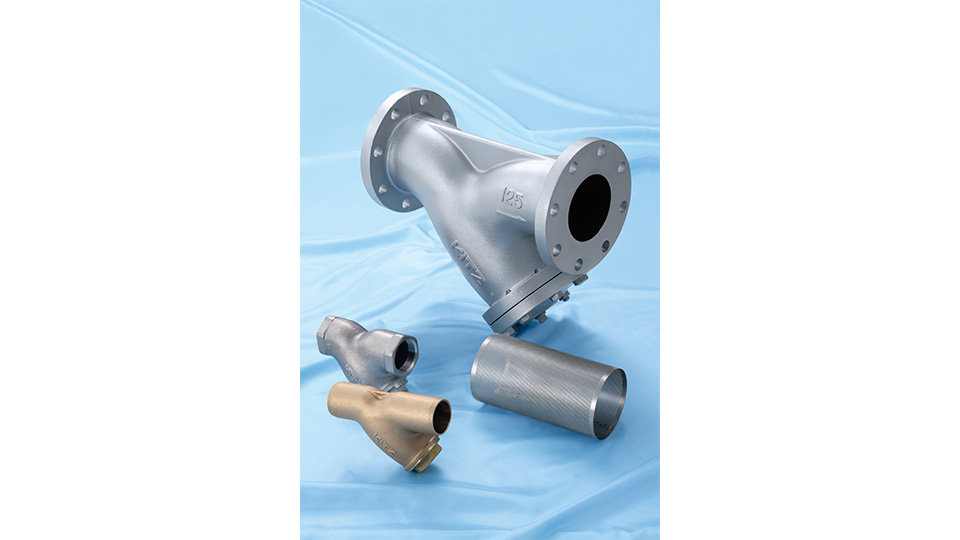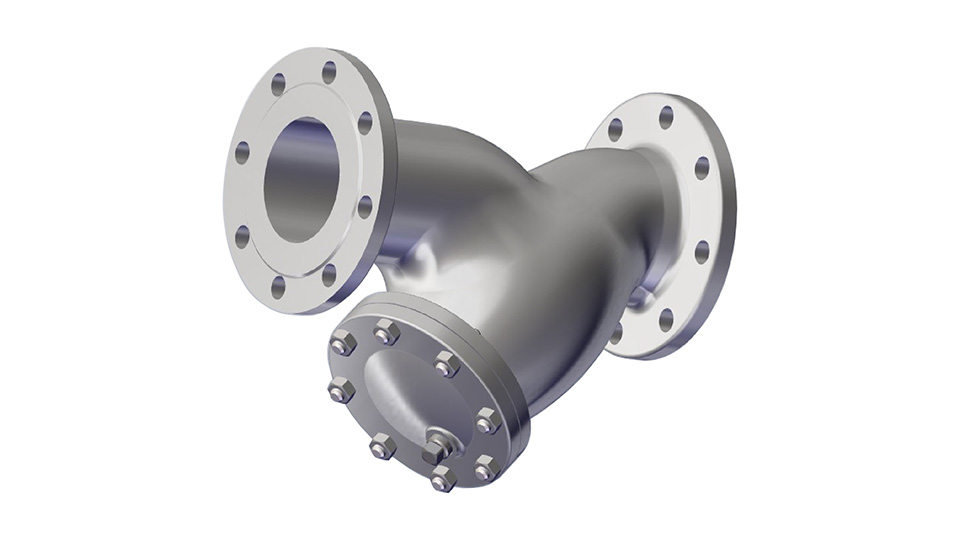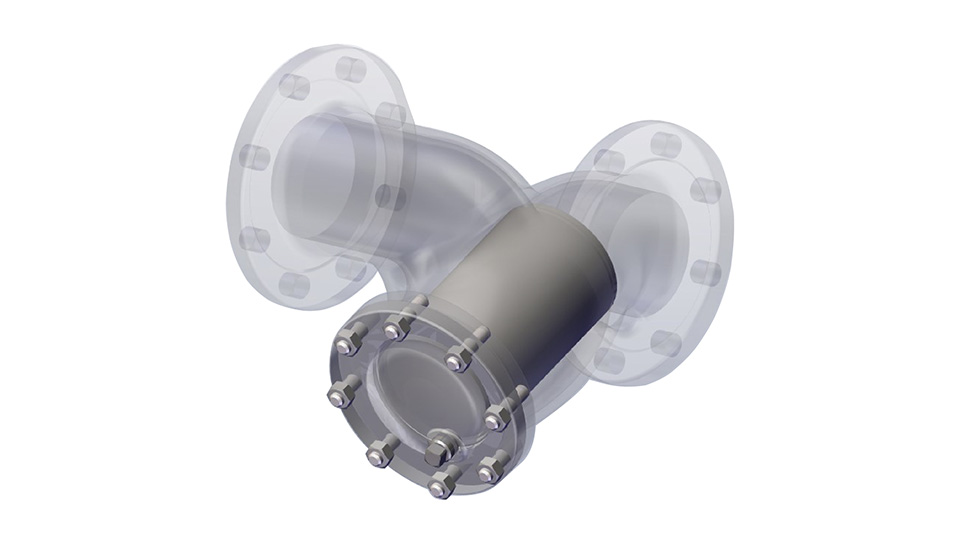Strainer
The strainer incorporates a stainless steel wire mesh or punched plate that filters out foreign matter in the piping (such as sediment and iron rust in piping), and has a structure that can remove accumulated foreign matter from the piping.
This prevents foreign matter from damaging valve and related equipment, and enhances the safety and durability of facilities and equipment.
Correspond to various fluids
KITZ strainer
Various fluids such as water, oil, gas, air, and steam flowing through the piping line may contain foreign matter, corrosion in the piping, dust caused by leaking gaskets, etc., and if left as it is, the valve seats of various valve installed in the piping line may be damaged, shortening their life, and the various devices may not operate normally or damage the devices. To prevent these problems, a strainer that separates and eliminates foreign matter and debris in the fluid plays an important role in the piping line.
Strainers are classified into Y-type strainer and U-type strainer according to their shapes. KITZ manufactures Y-type strainer, which have relatively low fluid-resistance and a compact mounting space. U-type strainer, which allow direct piping to equipment.
Type and selection of Y-type strainer screen
The strainer incorporates a screen to eliminate foreign matter, dirt, etc. in the fluid, but it is necessary to select the mesh of the screen considering the type of fluid, prescribed pressure, flow velocity, etc. The screen of the Y-shaped strainer has a perforated-plate screen with holes drilled in the stainless steel sheet at the specified pitch, a plain-woven and tatami-woven wire mesh made of stainless steel wire, and a double-structured screen with a perforated plate for reinforcement attached to this wire mesh.
Stainless steel wire mesh type
The stainless steel wire mesh type is marking with a mesh. A mesh is a unit representing the number of meshes in a wire mesh, and refers to the number of meshes in a row between 1 inch for plain weaving. The larger the number of meshes, the finer the mesh. Note, however, that the opening area varies depending on the wire diameter even for the same mesh. The right figure shows a 5-mesh screen with 5 meshes in a row between 1 inch.
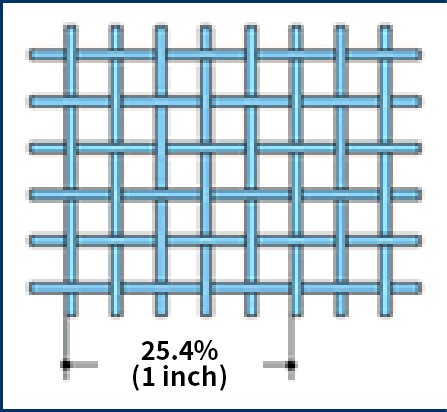
Staggered plate
<Screen type>
The multi-hole type does not use a mesh to express the fineness of the eye. The perforated plate is expressed by hole diameter × pitch.
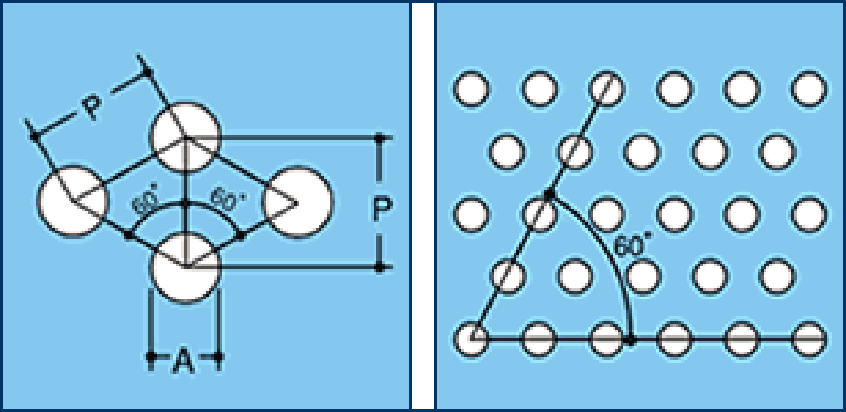
| Variety | Standard specification | Option* |
|---|---|---|
| Bronze, cast iron, ductile iron (excluding 20K) Y-type Strainer |
60° Staggered stamped stainless steel sheet | 20, 30, 40, 60, 80, 100 mesh (Stainless wire plain weave/punch plate reinforcement) |
| Ductile (20K), stainless-steel, and cast-steel Y-type Strainer |
40 mesh (Stainless wire plain weave/punch plate reinforcement) |
20, 30, 60, 80, 100 mesh (Stainless wire plain weave/punch plate reinforcement) |
| Bronze/lead-free bronze/cast iron/ductile iron (excluding 20K) Y-type strainer/U-type strainer MLIT Public Building Construction Standard Products conforming to specifications |
40 mesh (Stainless wire plain weave/punch plate reinforcement) |
80 mesh (Stainless wire plain weave/punch plate reinforcement) |
| Cast iron U-type strainer |
60° Staggered stamped stainless steel sheet |
Valve Structural Related Pages
Contact us
For inquiries about product technology, product purchases,
catalogs, and quality

